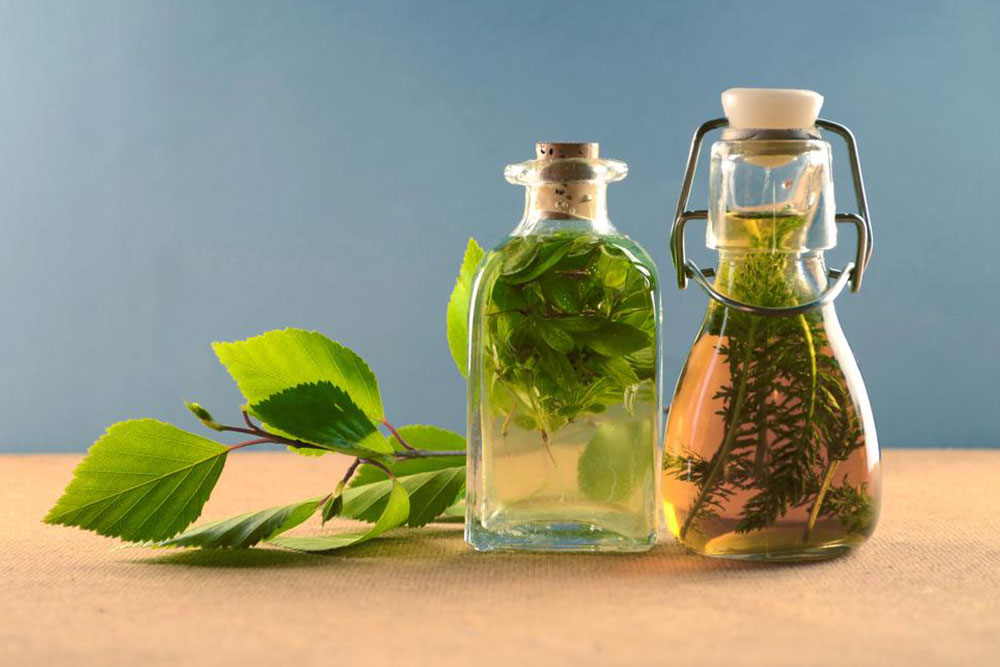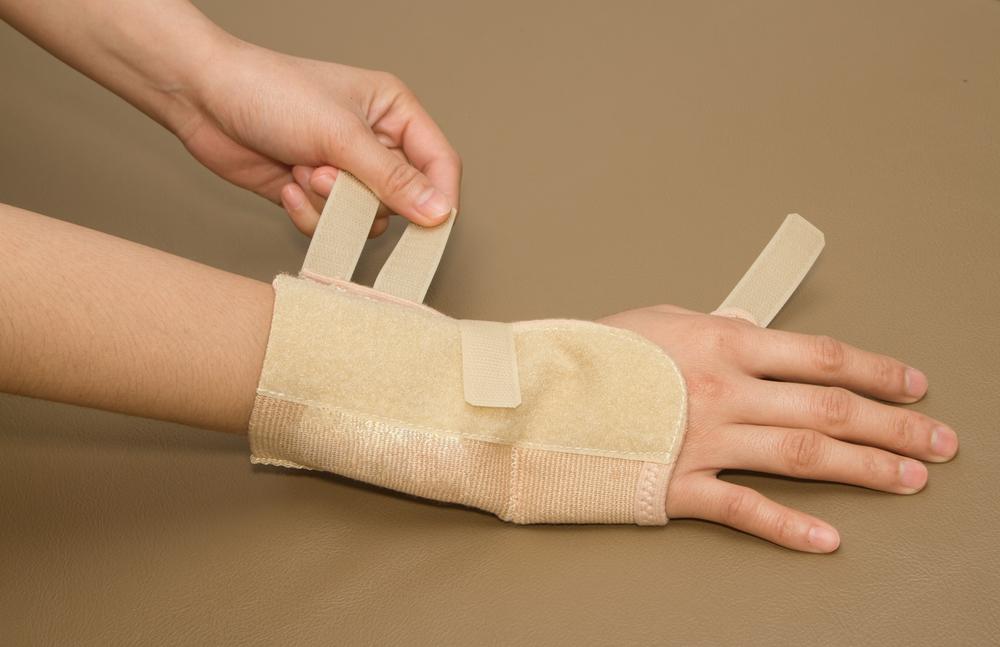Comprehensive Home Remedies for Earache Relief and Infection Management
Discover effective natural remedies for earache relief, including garlic, warm and cold compresses, hydrogen peroxide, and essential oils. Learn how to safely manage ear infections at home, promoting faster recovery and reducing discomfort with simple, natural methods suitable for all ages.

Effective Natural Strategies to Relieve Ear Pain at Home
Ear pain, also known as earache, can be a highly uncomfortable and sometimes debilitating condition. It’s a common issue that affects people of all ages, although children tend to experience it more frequently. The causes of ear pain are diverse, including bacterial or viral infections, sinus issues, buildup of earwax, allergies, and accidental injuries. While visiting a healthcare provider is often necessary for persistent or severe cases, many simple and natural home remedies can help alleviate symptoms and promote healing. These remedies are accessible, cost-effective, and generally safe when used correctly.
Ear infections can involve the outer ear (otitis externa), middle ear (otitis media), or inner ear, each presenting different symptoms and requiring specific approaches. The immune system naturally combats these infections over time, but there are natural treatments that can speed up recovery and reduce pain more quickly. In this article, we explore a comprehensive range of home remedies for earache relief, explaining their benefits, usage, and safety considerations to help you manage ear pain effectively at home.
Harnessing the Power of Garlic for Ear Pain Relief
Garlic is renowned for its potent antimicrobial and anti-inflammatory properties, making it an ideal natural remedy for ear infections. Its active compounds, such as allicin, help fight bacteria and viruses, strengthening the immune response.
Consuming garlic regularly through diet can boost your immune system, making your body better equipped to combat infections. For targeted relief, garlic oil has been used as a topical remedy for centuries. To prepare garlic oil at home, crush several garlic cloves and soak them in warm olive oil for about 30 minutes. After straining out the garlic pieces, a few drops of this oil can be carefully instilled into the affected ear canal. It’s recommended to repeat this process 2-4 times daily, depending on the severity of pain and infection.
Temperature Therapy: Warm and Cold Compresses
Applying heat or cold to the affected ear provides immediate and effective relief from pain and inflammation. Both methods work by reducing swelling, easing discomfort, and promoting blood flow.
Use a warm compress—such as a heating pad or a damp, warm cloth—and hold it gently against the ear for 10-15 minutes. Alternatively, for inflammation and swelling, an ice pack wrapped in a cloth can be applied for the same duration. Switching between warm and cold compresses every 10-15 minutes can enhance comfort and accelerate healing. These remedies are safe for individuals of all ages, but caution should be exercised to avoid burns with heat or frostbite with cold therapy.
Elevating your head during rest can also promote drainage of ear fluids and alleviate pressure, which further eases discomfort during recovery. Sleep with the affected ear facing upward or use pillows to elevate the head, helping the ear drain naturally and reducing pain caused by fluid buildup.
Hydrogen Peroxide for Ear Wax Removal and Infection Control
Hydrogen peroxide is a common household item that’s effective in breaking down excess earwax, which can contribute to blockage and discomfort. It also has mild antibacterial properties that help combat infection.
To use hydrogen peroxide safely, place a few drops into the affected ear, allowing it to sit for 2-3 minutes. This will soften the wax and help dislodge debris. Afterward, tilt your head to drain the solution and rinse gently with distilled or sterile water. Do not use hydrogen peroxide if you have a torn eardrum or ear injuries—consult a healthcare professional first.
Tea Tree Oil: Natural Antibacterial and Fungal Remedy
Tea tree oil is well-known for its antimicrobial, antibacterial, and antifungal properties. When used properly, it can help eliminate bacteria or fungi causing ear infections.
Mix 1-2 drops of tea tree oil with 2-4 drops of a carrier oil such as warmed olive oil or coconut oil. Ensure the mixture is not too hot to prevent burns. Using a dropper, carefully instill a few drops into the ear canal, then allow it to sit for a few minutes before draining. Repeat 1-2 times daily for effective results. Always perform a patch test first to avoid any allergic reactions.
Onion Extracts and Their Anti-Inflammatory Benefits
Onions contain natural anti-inflammatory, antimicrobial, and analgesic compounds that can help reduce ear pain and fight infection. The sulfur compounds in onions enhance blood circulation and promote healing.
To utilize onions, extract a few drops of onion juice by crushing a small onion and pressing out the juice. Instill 2-3 drops into the affected ear and repeat several times per day. Alternatively, carefully warming the onion juice slightly can enhance soothing effects. Be cautious to avoid burns or further irritation—discontinue use if discomfort persists.
Ginger: A Potent Anti-Inflammatory Root
Ginger is celebrated for its powerful anti-inflammatory and analgesic properties, which can help reduce ear pain associated with infections. Ginger’s compounds, such as gingerol, help decrease swelling and alleviate discomfort.
Extract ginger juice by grating fresh ginger and pressing out the juice or infusing grated ginger into warm olive oil. A few drops of this infusion can be carefully placed into the ear canal to soothe pain. Repeating this process 2-3 times daily can provide noticeable relief. Always ensure the oil is not hot enough to cause burns and perform a patch test beforehand to prevent adverse reactions.
Gentle Massage Techniques for Pain Relief and Drainage
Massaging around the ear area can facilitate fluid drainage, reduce pressure, and ease pain. Gentle massage stimulates circulation and helps disperse trapped ear fluids or inflammation.
Use your fingertips to softly press behind the ears and gradually move downward towards the neck. Be careful to apply gentle pressure; vigorous rubbing can worsen irritation. Incorporate this massage into your daily routine during bouts of ear pain to promote faster recovery and comfort.
Additional Natural Options and Safety Precautions
Other natural remedies include sesame seed oil, banana bark juice, herbal teas such as peppermint, linseed oil, mullein flower oil, and apple cider vinegar. These substances have traditional use in relieving ear discomfort but should be used with caution and proper knowledge.
It’s essential to recognize when to seek professional medical care: persistent or worsening symptoms, high fever, dizziness, hearing loss, bleeding, or severe pain require immediate consultation with a healthcare provider. Most ear infections resolve within one to two weeks with proper home care, but complicated cases need prompt medical attention to prevent complications.
Always remember that natural remedies are supplementary and not replacements for professional diagnosis and treatment. When in doubt, consult an ENT specialist before trying new treatments, especially if you experience persistent or severe symptoms.





